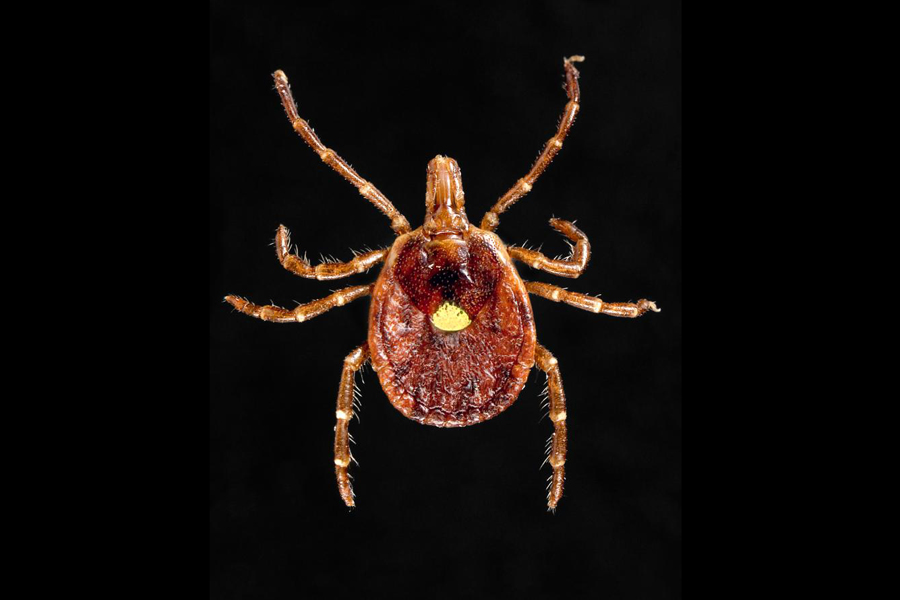
The Heartland virus, a mysterious virus first identified last year in two Missouri farmers, is indeed transmitted to people by ticks, new research suggests.
The findings, published today (July 22) in the American Journal of Tropical Medicine and Hygiene, confirm what scientists had suspected.
The virus was first noticed in 2009, when two men in Missouri were admitted to hospitals with high fevers, diarrhea, fatigue and a severe drop in the number of their white blood cells, immune cells that fight infection. Because the disease's symptoms looked similar to bacterial infection, doctors gave the men antibiotics, but they didn't improve.
Last year, researchers sequenced the virus found in the men, and found it had not previously been identified. They named it the Heartland virus, and said that it resembled another tick-borne pathogen called SFTS virus, which had been identified in China and was fatal in 12 percent of cases.
The Missouri men infected with the Heartland virus recovered after 10 to 12 days in the hospital.
Finding the source
Though researchers suspected that ticks spread the virus — both men reported being bitten, one of them up to 20 times a day — the evidence wasn't conclusive.
Sign up for the Live Science daily newsletter now
Get the world’s most fascinating discoveries delivered straight to your inbox.
Harry Savage, a medical entomologist with the Centers for Disease Control and Prevention in Fort Collins, Colo., and his colleagues collected more than 7,000 tick nymphs in the Missouri woods.
The researchers then ground up the ticks, and analyzed them for genetic information.
They found that about 1 in 500 of members of species Amblyomma americanum, also known as lone star ticks, carried the Heartland virus.
"This tick is widespread throughout the South, and the east," Savage said.
Tick-borne illnesses
The findings add one more disease to the list of tick-borne illnesses. Ticks also transmit Lyme disease, a malarialike disease called Babesiosis that has been on the rise and a virus that seems to trigger meat allergies.
"The take-home message is: ticks are dangerous," Savage told LiveScience.
To avoid getting bitten, people should wear long sleeves and long pants, wear tick repellant, do a tick check when they come home from the woods, and take showers after spending time outdoors.
People who notice a fever or a rash after a tick bite should call their doctors, Savage said.
Follow Tia Ghose on Twitterand Google+. Follow LiveScience @livescience, Facebook & Google+. Original article on LiveScience.com.

Tia is the managing editor and was previously a senior writer for Live Science. Her work has appeared in Scientific American, Wired.com and other outlets. She holds a master's degree in bioengineering from the University of Washington, a graduate certificate in science writing from UC Santa Cruz and a bachelor's degree in mechanical engineering from the University of Texas at Austin. Tia was part of a team at the Milwaukee Journal Sentinel that published the Empty Cradles series on preterm births, which won multiple awards, including the 2012 Casey Medal for Meritorious Journalism.









